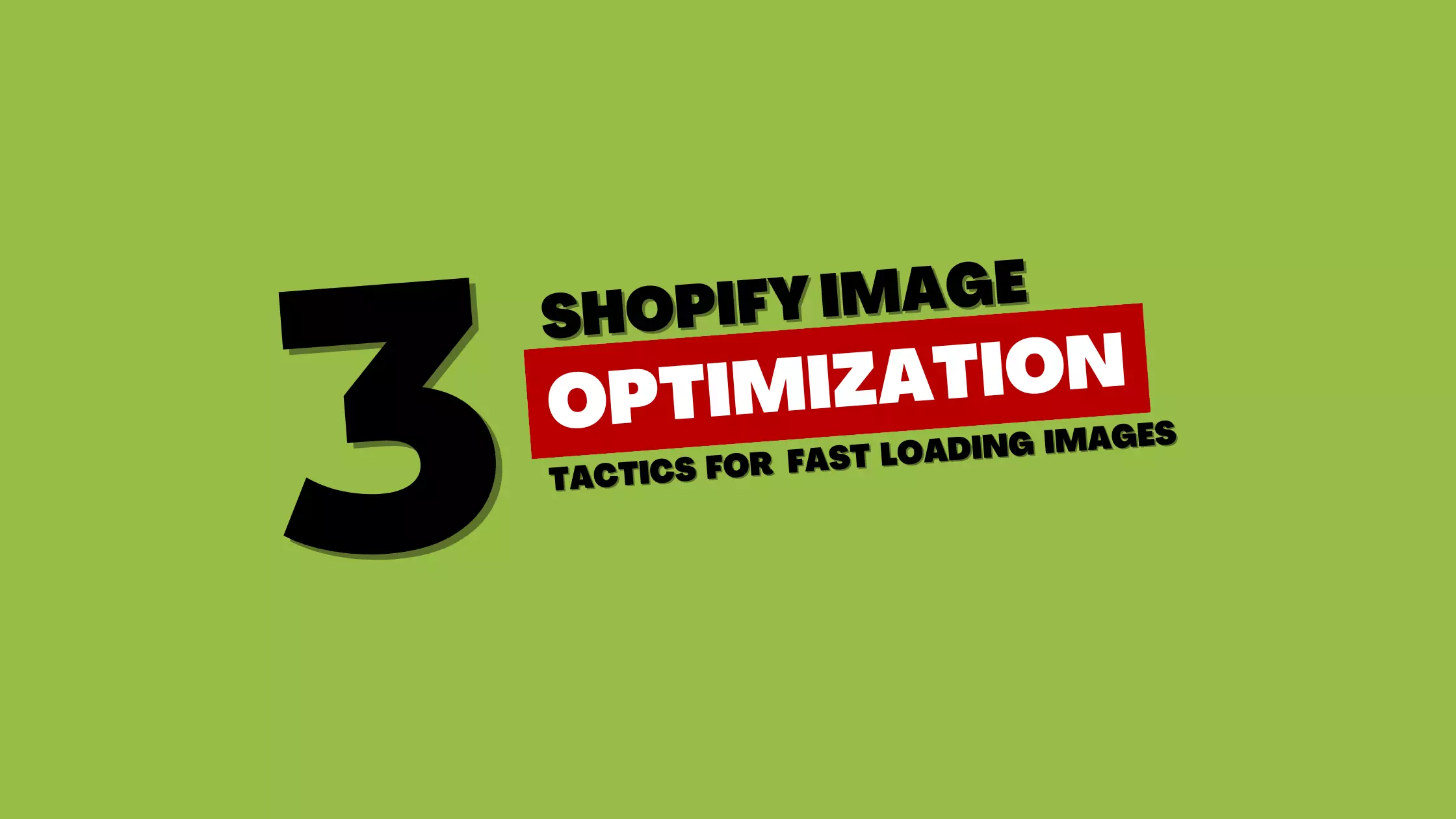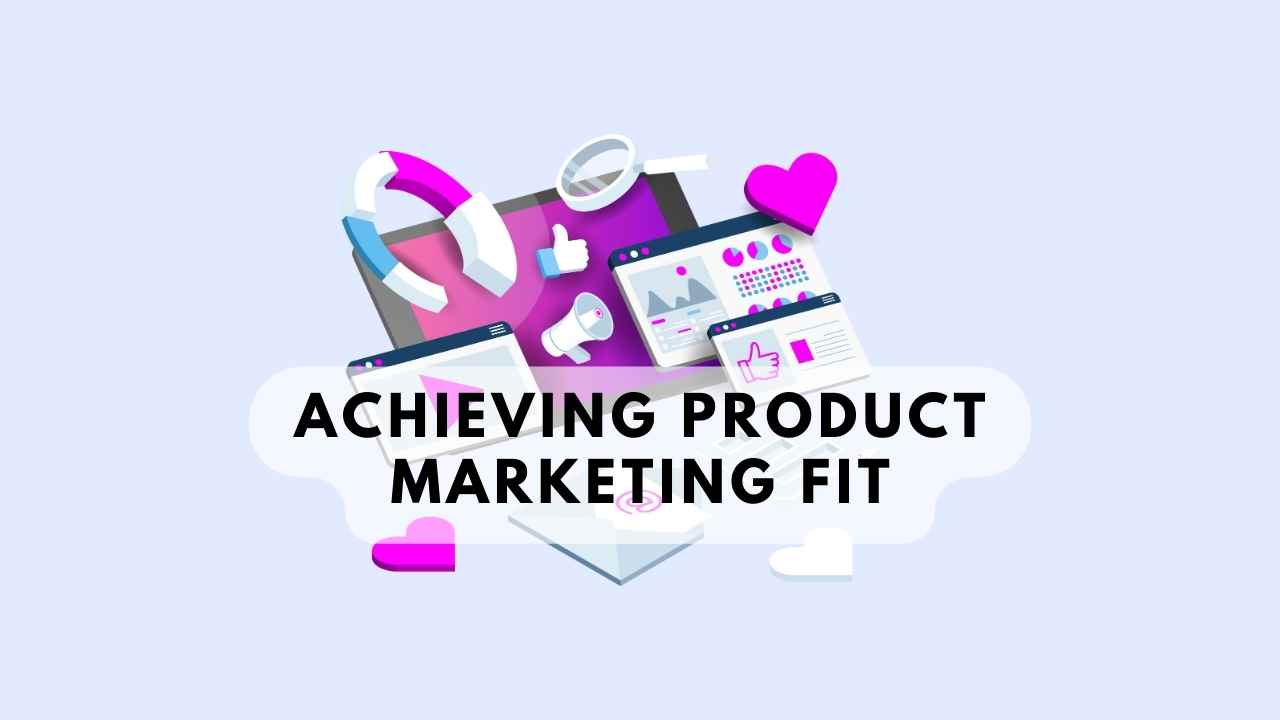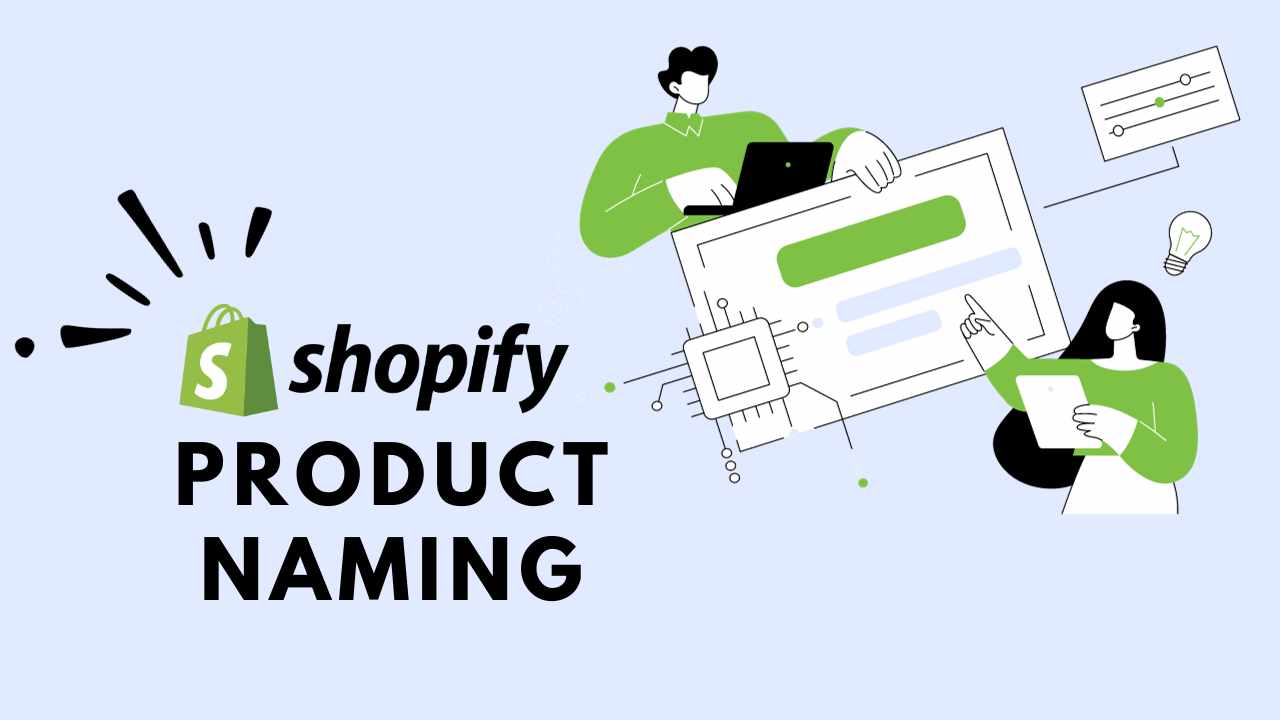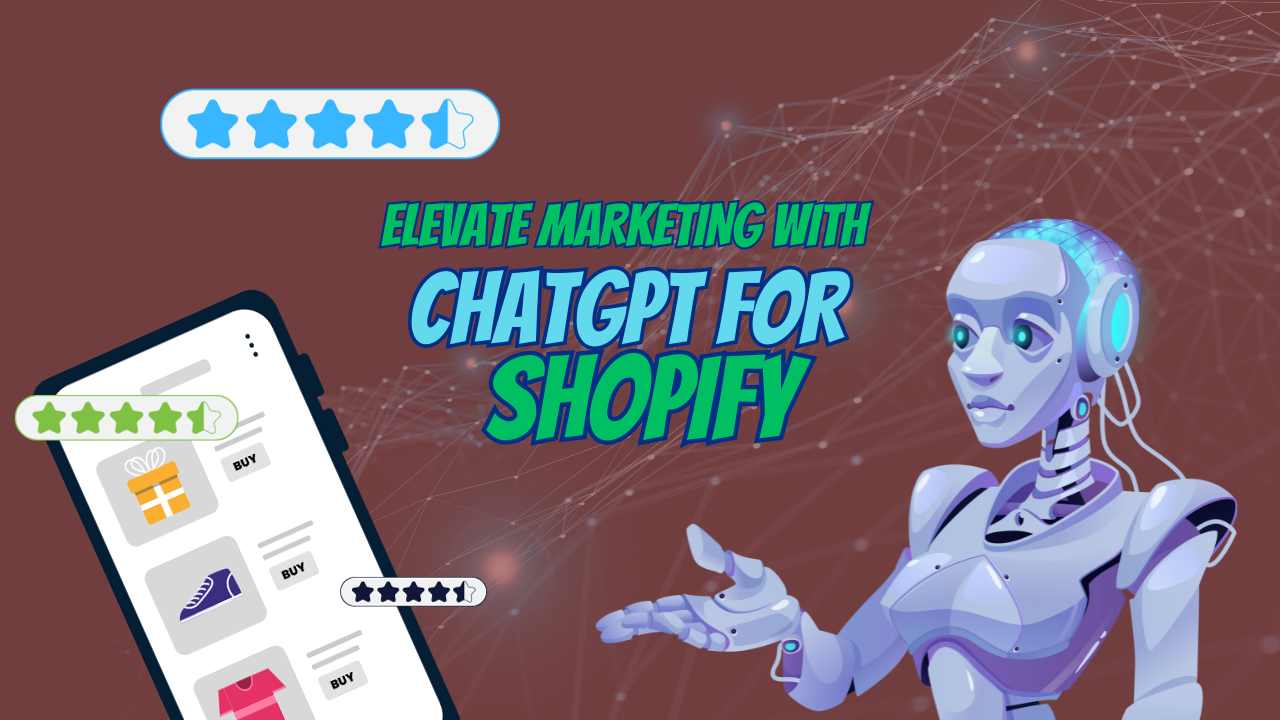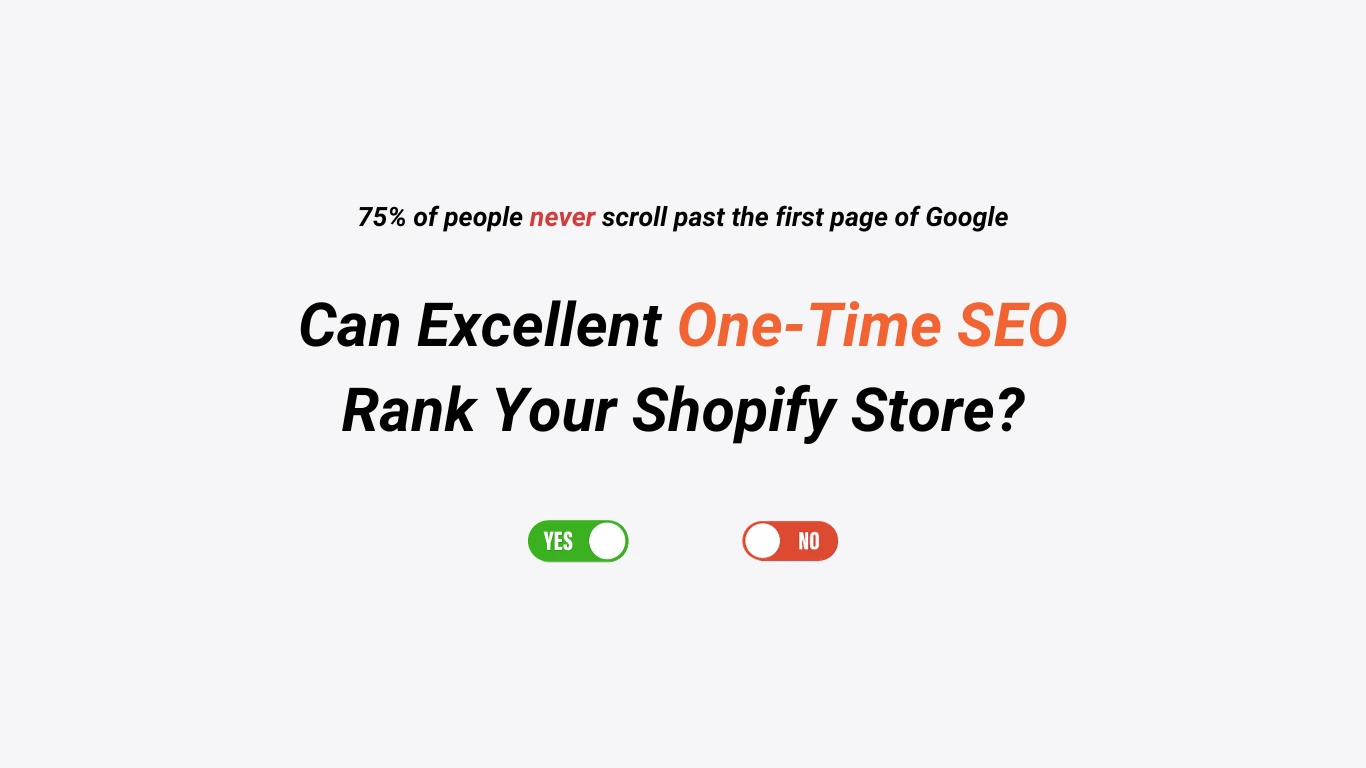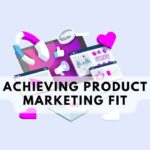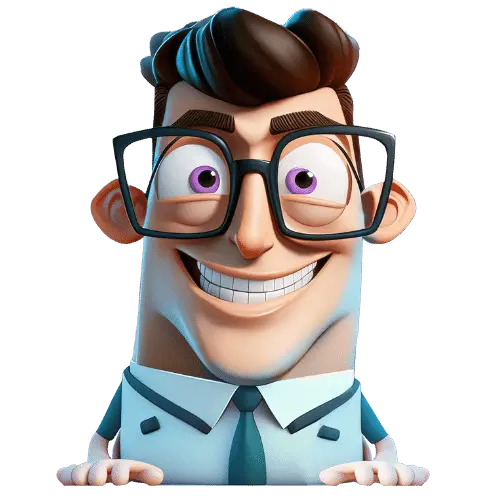Everyone is familiar with the merry-go-round “loading circle” on Shopify product images. No more of that! Shopify Image Optimization is a must to load the Shopify pages and photos faster.
Many Shopify SEO tactics are implemented to make photos load faster on the website.
Our guide Rev Up Your Shopify Speed Score discusses smart ways to optimize your Shopify website. Give it a read if you haven’t already. However, this article specifically discusses the best strategies for Shopify Image Optimization in detail.
Shopify Image Optimization 101: How to Optimize Images for Shopify
The loading performance of your website suffers if it has many high-quality photos of your products. Given that Google uses page load speed as a ranking factor, optimizing images for Shopify stores may have a big impact on your business.
compress your images, use the right image format, include alt text, resize your images, implement lazy loading, and keep your media library clean. With these steps, your Shopify store will load faster, and your visitors will have a better user experience.
Shopify Image Resolution Matters!
When it comes to Shopify Image Optimization, there’s more to it than just compressing the file size. The resolution of your images also plays a crucial role. Shopify blog image size should be 1600 x 900 pixels for the featured images. It ensures that the images are clear and do not appear pixelated or stretched. Optimizing your images ensure that they scale correctly on mobile devices as well.
Compress Shopify Product Images
Reduce the file size of your images as much as possible.
It is important to reduce file size without sacrificing quality. This can significantly improve page load times. Shopify SEO Consultant helps businesses make the most of their store traffic by keeping the product images optimized at all times. Also, make sure that your images are responsive. They must be optimized for different screen sizes and devices.
Use the Right File Type
PNG is a very common image file type. These images are higher in quality. But their file size is bigger. This may be okay for just a few images. However, if all images are in PNG format, your storefront will take ages to load. To avoid this, JPEG is a smaller file type that you can use. Stores can use JPEG for all product images and PNG for images that live in your CSS code.
If you want to achieve seamless page loading, then we recommend using WEBP images throughout your store.
How to compress images for Shopify image optimization? WEBP images are the smallest and considered the fastest loading so far. You can use Convertio to convert your PNG images to WEBP.
Add Descriptive Image Alt Attributes
Image alt attributes provide an alternative text for screen readers. The search engines also receive this text. This makes your images more accessible and improves your Shopify SEO. For this, use descriptive and relevant file names for your images.
Catch the User’s Attention With Unique Images
Avoid using stock images. Instead, use unique images that represent your brand. Spend some time perfecting the images to align them with your brand. You can add your brand logo colors, brand tonality, design elements, and so much more to the images.
Kickstart Shopify Image Optimization: 3 Best Practices
Every Shopify SEO novice wants a quick-start guide to optimization. So we have picked out the three best Shopify Image Optimization tactics that work well for all storefronts.
Take a look at the following.
#1: Use Lazy-Load Images
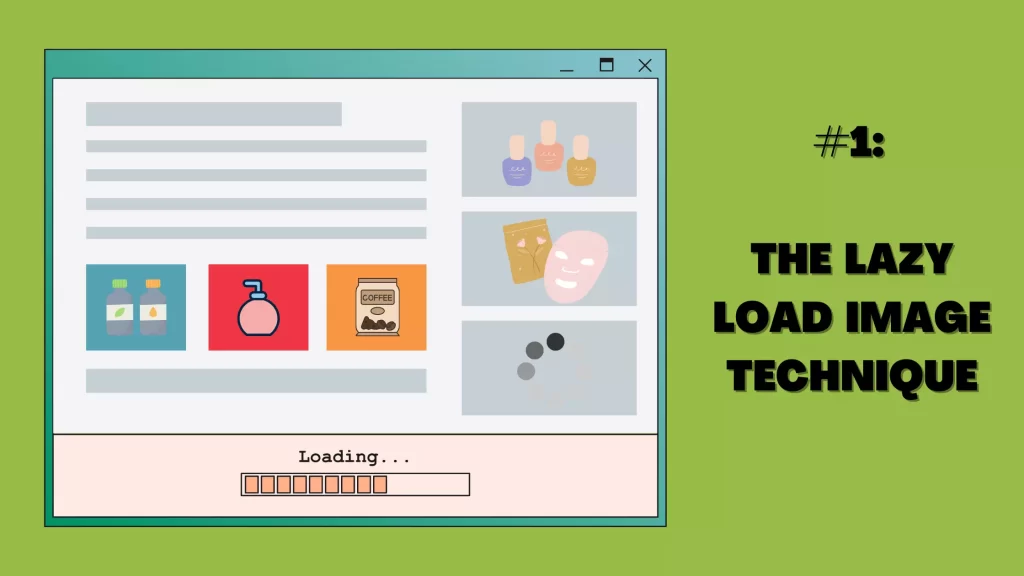
The lazy loading technique defers the loading of images until they are about to be viewed. So these images appear later on the page only when the customer gets to them. This reduces the extra loading of the images throughout the whole page. Implementing the lazy load technique only loads the images that are on the user’s screen. Not all of the images on the page, thus, improving initial page load times.
#2: Use Image Resizer Shopify Tools
Resizing images to the appropriate dimensions reduces the file size. As previously discussed in the article, file size improves page load times. Use the built-in Shopify Image Resizer Tool for Shopify image optimization.
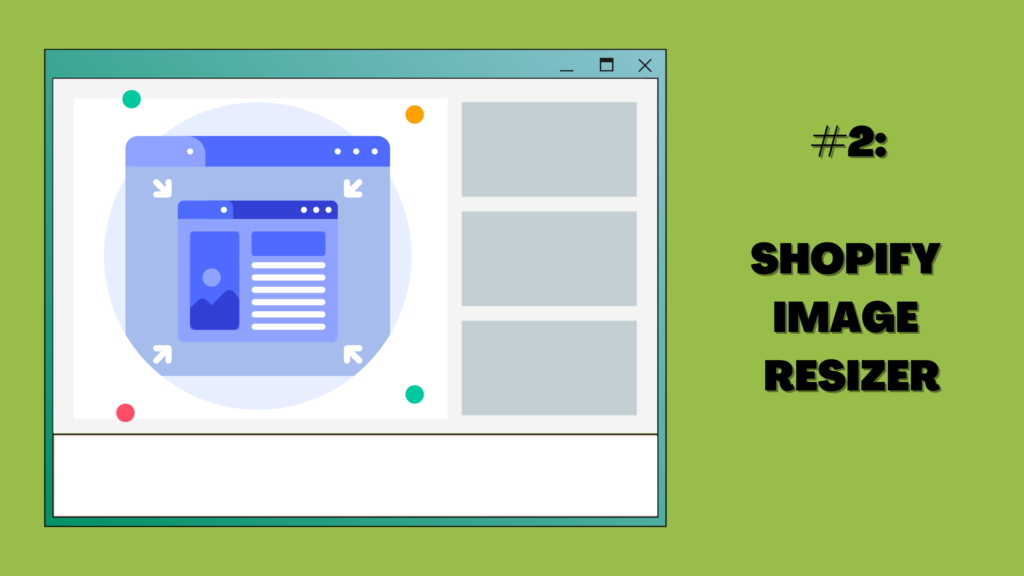
Here is how to navigate through the process.
- First, go to the Image Resizer
- Add your images for resizing
- Choose the suitable specification for the images
- Select image size such as compact, medium, or large
- Then click Submit
That is all. Once the simple process is completed, you can download your images.
You can resize a maximum of six images at a time.
Getting in touch with a Shopify SEO Expert helps businesses resize their images in bulk with the help of professional SEO Tools. We help storefronts achieve the best SEO Performance.
#3: Shopify Image Optimization: Add Value With Images
Consider all images on your webpage are necessary. Shopify Image Optimization is not only about image size, resolution, format but also about the value. It is important to balance attractiveness with image loading time. However, each image must add value to your Shopify Storefront and the marketing strategy. Tailor and optimize every visual on your storefront to contribute towards boosting conversions.
The Average Shopify User’s Attention Span
This might come off as shocking to some Shopify Business Owners and solopreneurs. The average attention span of a user on your Shopify website is eight seconds. Moreover, the website abandonment rate is becoming higher.
In fact, e-commerce websites must load within 1-2 seconds. Otherwise, the users will not wait for your Shopify Store pages and images to load. So always be on your toes when it comes to Shopify Speed Optimization. To capture the buyers attention within seconds, check out our guide How to Write A Shopify Product Description That Converts.
Conclusion
Having visually appealing images on your Shopify store is essential. Visual content plays a crucial role in e-commerce. However, if these images are not optimized for the web, they slow down your website’s loading speed. Shopify Image Optimization techniques allow businesses to enhance the speed and performance of their store.
We take care of your storefront’s search engine optimization and all the aspects of it. We help businesses monitor and update their image optimization strategies to adapt to changing trends.
Get in touch with us for professional SEO assistance.
While you’re on the journey to get conversions, here’s a must-read for you Unlock Your First Shopify Sale
FAQs
How does a fast-loading website impact my Shopify SEO?
A fast-loading Shopify website impacts your Shopify SEO as it is one of the top Google Search ranking factors. Faster websites generally have better search engine visibility. It also gives users a seamless shopping experience. It simultaneously boosts user retention, organic website visits, and conversions.
Are Shopify PNG images good for Shopify product images?
Shopify PNG images are not the best for product images. Shopify Images with high resolution, such as “Shopify PNG images,” drastically slow down your website speed. You must compress and optimize images further. We recommend using 2048 x 2048 pixels resolution for your square Shopify product images.
Do I need to manually compress all images on my Shopify store?
No, you don’t need to manually compress images on your store. You can use various tools and plugins that automate the image compression process, allowing you to optimize images in bulk. There can be some limits to using these free tools. shopifyseoconsultant.com helps businesses with professional tools and experts to power through compressing images in bulk.
Are there any free image optimization tools available?
Yes, several free image optimization tools are available online like TinyPNG, JPEG Optimizer and many more. These tools offer image compression services. However, some of them offer a limit of converting only 50 images for free.

